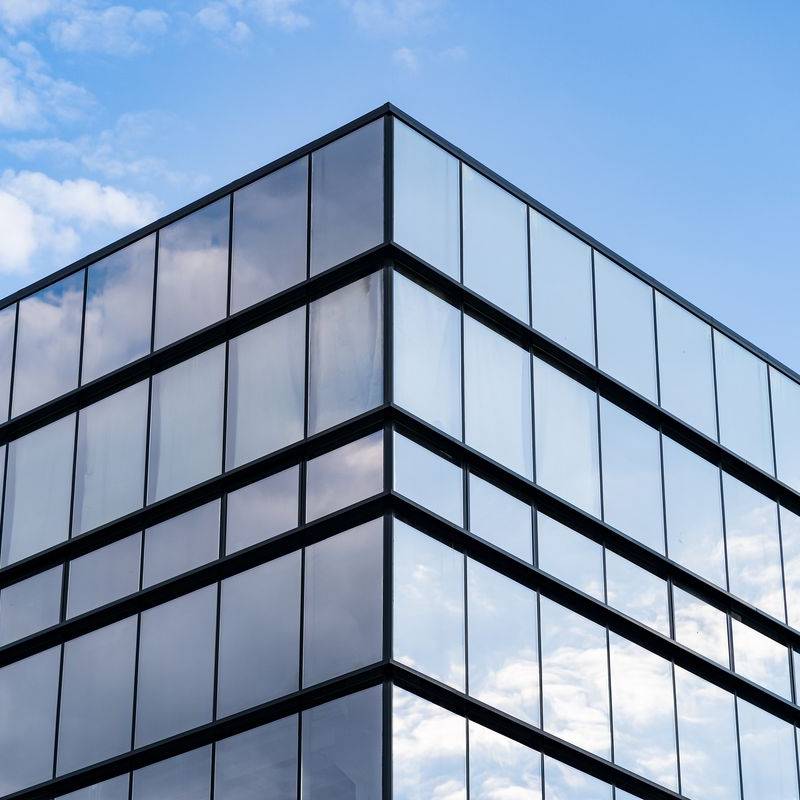

The Advantages and Applications of Reflective Tempered Glass
In the realm of modern architecture and design, reflective tempered glass has emerged as a vital material that seamlessly combines aesthetics with functionality. This innovative glazing solution is not only visually appealing but also offers a range of practical benefits that enhance both residential and commercial buildings. In this article, we will explore what reflective tempered glass is, its properties, advantages, and its diverse applications.
What is Reflective Tempered Glass?
Reflective tempered glass is a type of glass that has been subjected to a heating and cooling process to improve its strength and thermal resistance. The reflective aspect comes from a coating that is applied to one side of the glass, allowing it to reflect a portion of sunlight while still permitting some light to pass through. This dual action creates a desirable balance between glare reduction and visibility.
Properties and Benefits
1. Strength and Durability One of the most significant advantages of tempered glass is its enhanced strength. When broken, it shatters into small, less dangerous pieces, reducing the risk of injury. This makes it an ideal choice for high-rise buildings, facades, and other areas where safety and structural integrity are paramount.
2. Energy Efficiency Reflective tempered glass can significantly contribute to a building's energy efficiency. By reflecting solar radiation, it minimizes the amount of heat entering the interior spaces. This can lead to reduced reliance on air conditioning, lower energy bills, and a smaller carbon footprint.
3. Glare Reduction The reflective surface of tempered glass helps to reduce glare, which can be particularly advantageous in urban environments where direct sunlight can create discomfort for occupants. This feature is especially useful in office buildings, conference rooms, and homes with large windows.

4. Aesthetic Appeal The sleek, modern look of reflective tempered glass can elevate the design of any structure. Its reflective quality can create stunning visual effects that interact beautifully with sunlight and the surrounding environment. Architects and designers often choose this glass to create contemporary façades that stand out.
5. UV Protection Reflective tempered glass offers protection against harmful ultraviolet (UV) rays, which can fade furnishings and flooring. This added layer of protection helps to preserve the interior quality and aesthetic of a space, making it a practical choice for homes and commercial settings.
Applications
Reflective tempered glass has a wide range of applications across various sectors. In commercial buildings, it is often used for facades, atriums, and curtain walls, providing an attractive and energy-efficient solution. In residential settings, homeowners may choose reflective tempered glass for large windows, sliding doors, or balconies.
Additionally, this glass is becoming increasingly popular in the automotive industry, where it is used for sunroofs and side windows, providing both safety and comfort to passengers.
Conclusion
Reflective tempered glass stands out as a remarkable material that brings together style, safety, and sustainability. Its benefits make it an excellent choice for a broad range of applications, from skyscrapers to residential homes. As architects and builders continue to prioritize energy efficiency and innovative design, reflective tempered glass will likely play a pivotal role in shaping the future of architectural solutions. Whether for its aesthetic allure or its functional advantages, it is clear that reflective tempered glass is here to stay, revolutionizing the way we think about building materials.